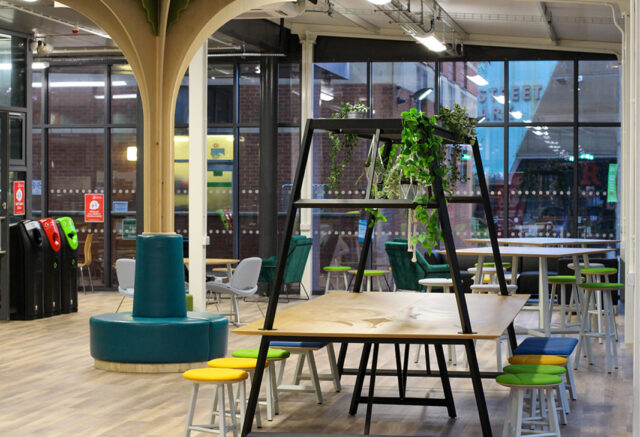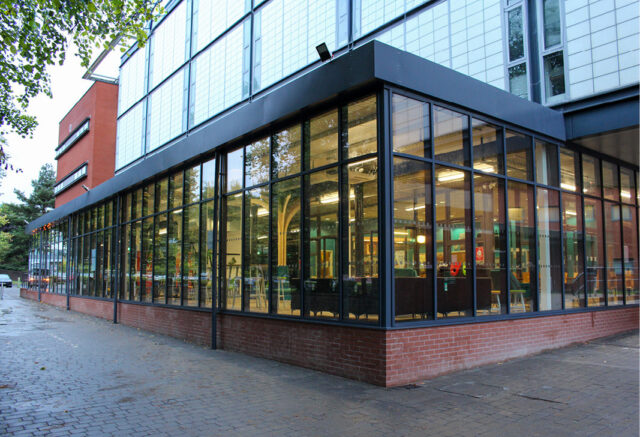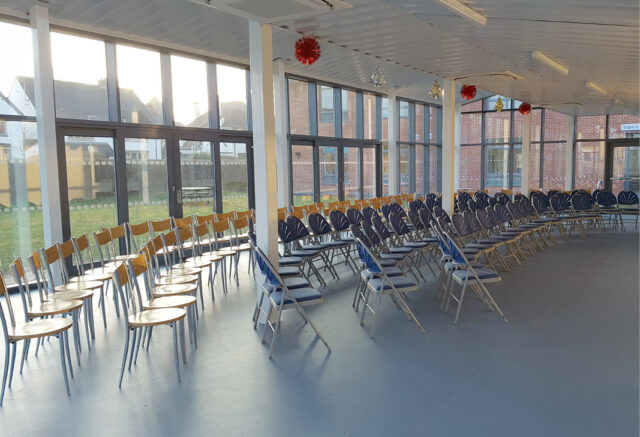In England alone, school estates represent around 38 percent of public sector building emissions, making them a significant contributor to the government’s overall net zero ambitions. Over 16 percent of primary schools and 24 percent of secondary schools are already operating over capacity with new buildings and expansions needed across the country to meet demand.
Meanwhile, the education sector is also undergoing significant transformation to address climate change and promote sustainability. In April 2022, the Department for Education (DfE) published the Sustainability and Climate Change Strategy, setting a vision for the United Kingdom to become the world leading education sector in sustainability and climate change by 2030. This strategy outlines four strategic aims:
-
- Excellence in education and skills for a changing world
- Achieving net zero
- Building resilience to climate change
- Creating a better environment for future generations
A key component of this strategy is the requirement for all education settings, including schools, to develop a Climate Action Plan (CAP) by September 2025. Each institution must appoint a sustainability lead to oversee the implementation of this. These plans are expected to detail actions across areas such as decarbonisation, adaptation and resilience, biodiversity, climate education and green careers. You can read the full guidance for schools as trusts, here.
What does this mean for much needed school building works?
The result is a growing challenge for education leaders; how to deliver essential building projects that respond to space pressures, whilst supporting sustainability targets and reducing environmental impact? Traditional construction methods, often associated with material waste and fragmented delivery, are increasingly being questioned.
A design-build approach offers a more coordinated and environmentally responsible alternative. By bringing design, planning and construction into a single, integrated process, it helps schools reduce waste, limit disruption and make more efficient use of resources at every stage.
Reducing waste through better planning
One of the main causes of material waste in traditional construction is a lack of early coordination. Designs are often produced in isolation from those who will deliver the build, leading to changes on site, over-ordering and inefficient use of materials.
Design-build teams address this by collaborating from the outset. Early-stage input from construction professionals, ensures that materials are specified accurately, sequencing is considered and buildability is fully factored in. This reduces the need for rework, limits offcuts and surplus materials and helps ensure that environmental performance is prioritised.
Minimising disruption and site impact
Traditional construction projects can be lengthy and disruptive as many schools know only too well. Noise, vehicle traffic, material storage and site waste all place pressure on school environments and contribute to emissions and energy use.
Design-build offers a more streamlined delivery. One team manages the full programme meaning that projects can be completed in shorter timeframes and with greater control. Site activity is planned around school operations and environmental impact is reduced through fewer deliveries, more efficient workflows and better coordination between trades.
Supporting long-term environmental goals
As more schools set sustainability targets and develop estates strategies, the need for low-impact construction methods is becoming more urgent.
Design-build supports this shift by enabling early decisions about materials, energy systems and carbon reduction measures. The delivery team is involved from the beginning and therefore schools are better able to incorporate sustainable technologies, reduce embodied carbon and ensure that buildings perform efficiently in the long term.
Sustainable does not mean temporary
There is a perception among some decision-makers that faster, more efficient construction methods may mean lower quality or reduced lifespan. This is not the case with design-build. Projects delivered through this approach meet the same regulatory and performance standards as traditionally built schools but in many cases, exceed them.
The difference lies in the process; by eliminating fragmentation, improving coordination and prioritising whole-life value, design-build provides schools with buildings that are fit for purpose and fit for the future.
Better delivery for a lower impact
As schools work to expand their estates and meet environmental obligations, how buildings are delivered has become just as important as what is being built. A design-build approach offers education providers a practical, reliable and environmentally sound way to deliver projects with less waste, less disruption and more long-term value.




